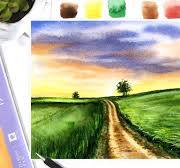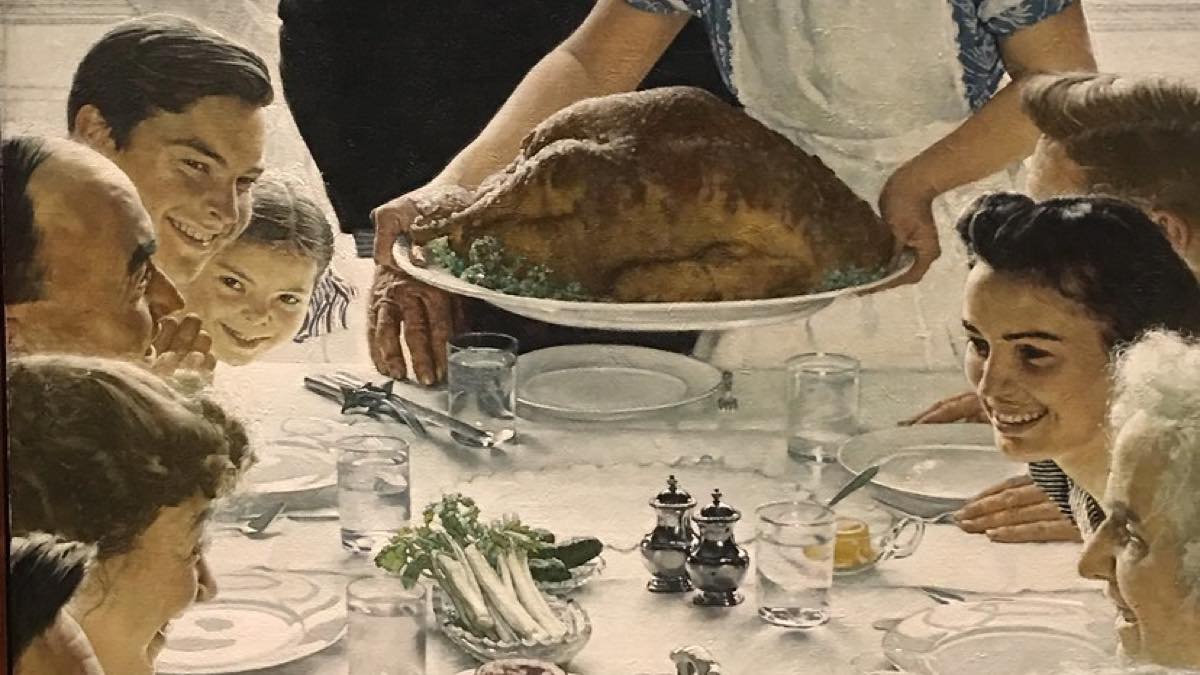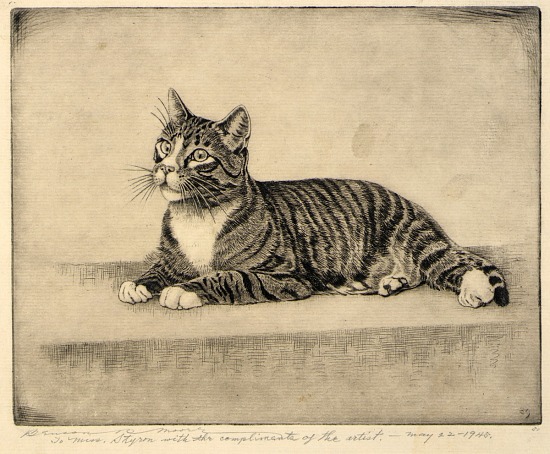The Art of Watercolor Painting for Beginners
Watercolor painting is a beautiful and versatile medium that offers endless possibilities for creative expression. Whether you’re an aspiring artist or simply looking to explore a new hobby, watercolor painting can be a rewarding and relaxing experience. Here are some tips and techniques to help beginners get started:
Materials Needed
- Watercolor paints
- Watercolor paper
- Various brushes (round, flat, detail)
- Palette for mixing colors
- Jar of water for cleaning brushes
- Pencil and eraser for sketching
Basic Techniques
Before diving into your first painting, it’s important to familiarize yourself with some basic watercolor techniques:
- Wet-on-Wet: Apply wet paint to wet paper for soft blending and diffused edges.
- Dry Brush: Use minimal water on the brush for more controlled strokes and texture.
- Layering: Build up colors by layering washes once the previous layer has dried.
- Splattering: Dip a brush in paint and flick it onto the paper for interesting textures.
Tips for Beginners
Here are some helpful tips to keep in mind as you begin your watercolor painting journey:
- Start with simple subjects and compositions to build confidence.
- Practice color mixing to create a wide range of hues and tones.
- Experiment with different brush sizes and shapes to achieve varied effects.
- Allow yourself to make mistakes – they can lead to unexpected artistic discoveries!
Remember, the beauty of watercolor painting lies in its fluidity and transparency. Embrace the unpredictability of the medium and let your creativity flow freely. With practice and patience, you’ll soon discover the joy of creating vibrant works of art with watercolors.
Exploring Watercolor: 6 Benefits for Beginners Embracing This Versatile Medium
- Watercolor painting is a versatile medium that allows for a wide range of artistic expression.
- It is relatively affordable compared to other art mediums, making it accessible for beginners.
- Watercolors are portable and easy to set up, making them convenient for painting on-the-go.
- The transparent nature of watercolors creates unique blending and layering effects that can result in stunning artworks.
- Watercolor painting encourages creativity and experimentation, allowing beginners to explore different techniques and styles.
- Working with watercolors can be therapeutic and relaxing, providing a calming creative outlet for beginners.
Challenges Faced by Beginners in Watercolor Painting: Control, Forgiveness, Patience, and Layering
Watercolor painting is a versatile medium that allows for a wide range of artistic expression.
Watercolor painting is a versatile medium that allows for a wide range of artistic expression. Beginners can explore various techniques and styles, from soft washes and blending to vibrant splatters and intricate details. The transparent nature of watercolors enables artists to create layers of color that interact beautifully on paper, resulting in unique and captivating artworks. With watercolors, beginners have the freedom to experiment and unleash their creativity, making it an ideal medium for exploring different subjects and developing their artistic skills.
It is relatively affordable compared to other art mediums, making it accessible for beginners.
Watercolor painting offers a significant advantage for beginners in its affordability compared to other art mediums. The relatively low cost of watercolor paints, brushes, and paper makes it a budget-friendly option for those just starting their artistic journey. This accessibility allows beginners to experiment with different techniques, colors, and styles without breaking the bank. Aspiring artists can dive into the world of watercolor painting without financial constraints, fostering creativity and exploration in a cost-effective manner.
Watercolors are portable and easy to set up, making them convenient for painting on-the-go.
Watercolors offer a notable advantage for beginners in their portability and ease of setup, making them an ideal choice for painting on-the-go. With compact paint sets, lightweight brushes, and a small pad of watercolor paper, artists can easily carry their supplies wherever inspiration strikes. Whether sketching outdoors, traveling, or attending art classes, the convenience of watercolors allows beginners to explore their creativity anytime and anywhere without the need for elaborate setups or bulky equipment.
The transparent nature of watercolors creates unique blending and layering effects that can result in stunning artworks.
The transparent nature of watercolors offers a distinct advantage for beginners, allowing them to experiment with blending and layering techniques that can lead to truly breathtaking artworks. By layering washes of color and blending hues together, artists can achieve subtle transitions and rich depth in their paintings. This unique quality of watercolors encourages creativity and exploration, as each brushstroke interacts with the underlying layers to create captivating visual effects that are both beautiful and unpredictable.
Watercolor painting encourages creativity and experimentation, allowing beginners to explore different techniques and styles.
Watercolor painting offers a unique pro for beginners by fostering creativity and encouraging experimentation. This medium provides a platform for aspiring artists to explore various techniques and styles, empowering them to unleash their imagination and artistic vision. Through the fluid and versatile nature of watercolors, beginners can freely experiment with different approaches, colors, and textures, ultimately leading to a deeper understanding of the art form and the development of their own unique artistic voice.
Working with watercolors can be therapeutic and relaxing, providing a calming creative outlet for beginners.
Working with watercolors can be therapeutic and relaxing for beginners, offering a calming creative outlet that allows individuals to unwind and express themselves through art. The gentle flow of colors on paper and the soothing act of blending and layering paint can help alleviate stress and promote mindfulness. Watercolor painting encourages beginners to embrace creativity without pressure, fostering a sense of tranquility and fulfillment as they explore the beauty of this versatile medium.
Difficult to control
Watercolor painting poses a significant challenge for beginners due to its inherent difficulty in control. Achieving the right balance between water and pigment is crucial in watercolor art, as it directly impacts the flow and intensity of colors on the paper. Novice painters often struggle to master this delicate balance, leading to unexpected results and difficulties in controlling the desired outcomes of their artwork. Patience, practice, and a keen understanding of watercolor techniques are essential for beginners to gradually gain control over this unpredictable medium and harness its unique qualities effectively.
Unforgiving medium
Watercolor painting poses a significant challenge for beginners due to its unforgiving nature. Mistakes made in watercolor are less forgiving compared to other mediums, primarily because correcting errors becomes increasingly difficult once the paint has dried. The translucent and delicate nature of watercolors means that overworking or trying to cover up mistakes can often result in muddy colors or unwanted textures. This aspect of watercolor painting emphasizes the importance of careful planning and precision in execution, as each brushstroke carries the weight of permanence on the paper.
Requires patience
Mastering watercolor painting requires patience as achieving desired effects often takes time and practice. This aspect can be a challenge for beginners who seek quick results. The delicate nature of watercolors demands a gradual approach, where layers need to dry before adding more, and mistakes may require creative solutions rather than immediate fixes. While the learning curve may be steep, embracing the process with patience can lead to beautiful and rewarding outcomes in watercolor painting.
Limited layering
Watercolor painting for beginners presents a challenge in the form of limited layering due to the transparent quality of the medium. As each layer of color is applied, it interacts with and alters the underlying layers, making it tricky for novices to achieve the desired depth and complexity in their artwork. Beginners often find it challenging to control the intensity and blending of colors when layering, as the transparency of watercolors can lead to unexpected results. Developing a good understanding of how colors interact and mastering the art of layering gradually through practice are essential for overcoming this con in watercolor painting.





